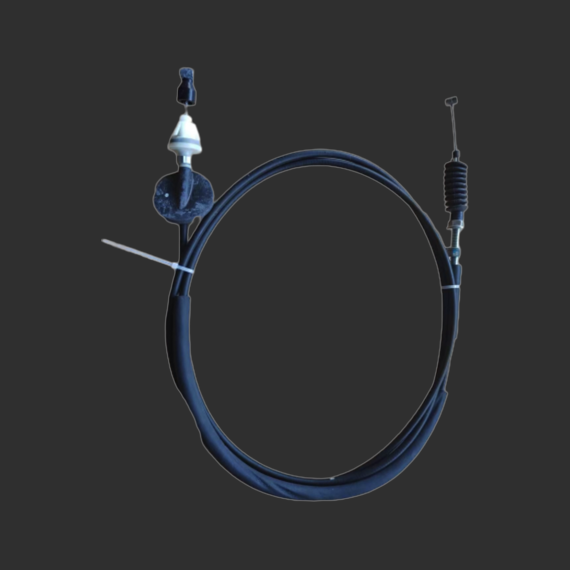Understanding the Function and Maintenance of the Gas Pedal Cable System
The Importance of the Gas Pedal Cable in Automotive Engineering
The gas pedal cable is a crucial component of a vehicle's acceleration system, quietly performing its role behind the scenes yet significantly influencing the driving experience. As a vital link between the driver’s intentions and the engine’s response, understanding the gas pedal cable's function and significance is essential for both automobile enthusiasts and everyday drivers.
At its core, the gas pedal cable—often referred to as the throttle cable—connects the accelerator pedal to the throttle body of the engine. When a driver presses down on the gas pedal, the force is transmitted through the cable to the throttle, which opens to allow air and fuel to flow into the engine. This process is fundamental to increasing the vehicle's speed and is integral to the overall operation of the engine. The gas pedal cable is typically made of durable materials designed to withstand the rigors of usage, including temperature fluctuations and wear over time.
The design and mechanics of the gas pedal cable have evolved significantly. In earlier automotive designs, mechanical cables were the standard. These cables directly controlled the throttle via a simple pull mechanism. However, the advancement of technology has led to the rise of electronic throttle control systems in modern vehicles. These systems use sensors and electronic signals to regulate the throttle position, providing benefits such as improved fuel efficiency and responsiveness. Although some vehicles have transitioned to electronic systems, many still rely on traditional gas pedal cables, particularly in older models and certain types of performance vehicles that prioritize driver engagement.
gas pedal cable

One of the most common issues related to gas pedal cables is a condition known as cable fraying or stretching. With extensive use, the cable can become worn, leading to decreased responsiveness or, in severe cases, a complete failure to accelerate. Regular maintenance and inspections are essential to ensure that the gas pedal cable remains in good working order. Drivers should pay attention to any irregularities in acceleration, such as a delayed response or unusual noises, as these can be indicators of a problem with the cable.
In addition to mechanical issues, the routing of the gas pedal cable is also crucial. Incorrect installation or kinks in the cable can lead to binding, which compromises the effectiveness of the throttle response. Ensuring that the cable is routed correctly and lubricated can prevent premature wear and maintain seamless operation.
Another area of consideration is the impact of the gas pedal cable on driving dynamics. A well-functioning gas pedal cable allows for smooth and precise acceleration, enhancing the overall driving experience. Conversely, a malfunctioning cable can lead not only to performance issues but also to safety hazards. In adverse situations where quick acceleration is necessary—like merging onto a highway or avoiding an obstacle—any delay in throttle response can have serious consequences.
In conclusion, the gas pedal cable is an often-overlooked component of vehicle design that plays a fundamental role in performance and safety. While advancements in automotive technology have led to new systems that can replace mechanical cables, understanding the importance of the gas pedal cable remains relevant for many vehicle owners. Regular maintenance, proper routing, and timely replacement of frayed or damaged cables can ensure that drivers enjoy a responsive and safe driving experience for years to come. Whether in a vintage classic or a modern vehicle, the gas pedal cable firmly ties the driver's input to the car's performance, making it a key player in the art of automotive engineering.
-
Upgrade Your Control with Premium Throttle CablesNewsAug.08,2025
-
Stay in Control with Premium Hand Brake CablesNewsAug.08,2025
-
Experience Unmatched Performance with Our Clutch HosesNewsAug.08,2025
-
Ensure Safety and Reliability with Premium Handbrake CablesNewsAug.08,2025
-
Enhance Your Vehicle with High-Performance Clutch LinesNewsAug.08,2025
-
Elevate Your Ride with Premium Gear CablesNewsAug.08,2025
